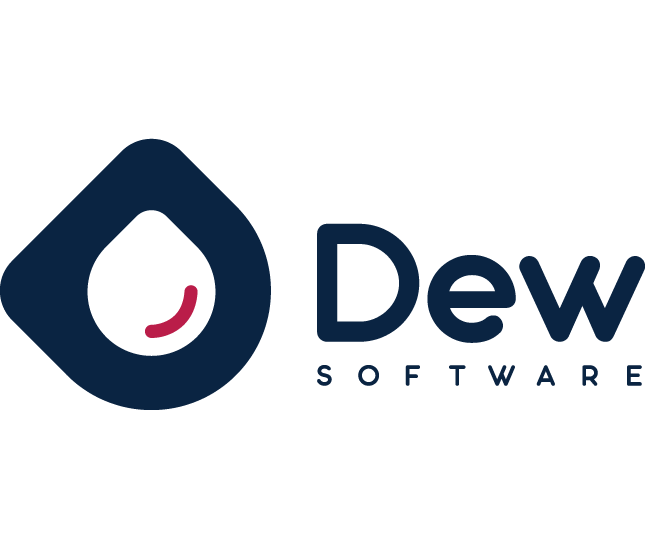In the world of software development, the adage holds true: an ounce of prevention is worth a pound of cure. This wisdom is especially apt when it comes to performance defects. Often, the cost of addressing these issues after they’ve manifested far exceeds the investment required to prevent them.
Anticipating and mitigating performance bottlenecks before they materialize is a formidable challenge. The repercussions of defects are multifaceted, encompassing both direct expenses associated with their rectification and indirect costs stemming from business losses and disrupted development timelines.
Early Detection: A Game-Changer
Anticipating and mitigating performance bottlenecks before they manifest is a formidable task, but one with substantial benefits. This is where “Shift Left” comes into play – a paradigm that emphasizes early integration of performance testing into the software development lifecycle. Rather than waiting for the latter stages of development to uncover performance issues, Shift Left testing ensures their identification in the initial phases, saving significant resources and time.
The Cost of Late Detection
Why is Shift Left testing crucial? Performance defects detected late in the development cycle can be significantly costlier to rectify. A minor glitch left unnoticed in the early stages can escalate into a major issue upon deployment, necessitating complex fixes, increased development cycles, and extended downtimes. The costs, both in terms of time and resources, can skyrocket.
Why Every IT Application Should Consider Shift Left Testing
The Shift Left approach is not merely a luxury for established companies; it’s a practice that benefits IT applications across the spectrum, from startups to established corporates. Here’s why:
- Cost-Efficiency: For startups with limited resources, the cost of rectifying performance defects after deployment can be crippling. Shift Left testing ensures early detection, saving substantial costs down the line.
- Enhanced User Experience: In today’s competitive market, user experience is paramount. Early performance testing guarantees a smoother user experience from the outset, enhancing customer satisfaction and engagement.
- Business Continuity: For established companies, disruptions caused by performance defects can lead to reputational damage and financial losses. Shift Left testing ensures business continuity by detecting and addressing bottlenecks before they impact operations.
- Time-to-Market Advantage: In the fast-paced world of technology, the time-to-market advantage is critical. Early performance testing accelerates development cycles, ensuring timely product releases.
- Resource Optimization: Regardless of size, every IT application aims to optimize resource usage. Shift Left testing enables efficient utilization of system resources, leading to improved application performance.
Key Aspects of Shift Left Performance Testing
- Automation: Leveraging automation tools for performance testing can lead to a significant boost in productivity. This means running more tests in a shorter timeframe, facilitating faster Time-to-Market, and reducing Performance Testing cycles.
- Early Defect Detection: The primary objective of Shift Left testing is to catch performance defects early in the development process. This involves the continuous evaluation of performance characteristics and metrics to identify bottlenecks before they become critical.
- Integration with Development: Shift Left doesn’t just involve the testing team. It requires close collaboration between testers, developers, and other stakeholders. Performance considerations are taken into account right from the start of the development process.
- Optimizing Resource Usage: Identifying and rectifying performance issues early also helps optimize resource utilization. By addressing bottlenecks before they become problematic, system resources can be utilized more efficiently.
The Spectrum of Services
Shift Left testing encompasses a spectrum of services, including:
- Performance Test Services: These include various tests such as Scalability, Volume, Stress, and Performance Testing for Applications, Platforms, and Products.
- Performance Engineering: This involves predictive performance modeling, architecture, design, and development evaluations for performance, tuning services, and more.
- Technology Landscape: Spanning from Desktop and Web Applications to CRM, ERP, Mobile, and Cloud Applications.
Conclusion: Transforming the Development Landscape
In today’s fast-paced technological landscape, Shift Left Performance Testing emerges as a powerful approach to ensure robust, high-performing software products. By adopting a proactive stance towards performance defects, organizations can harness the benefits of early detection, enhanced collaboration, and optimized resource utilization. To explore how Shift Left Performance Testing can revolutionize your software development process, reach out to our experts. We are here to guide you on this transformative journey.



Good read !